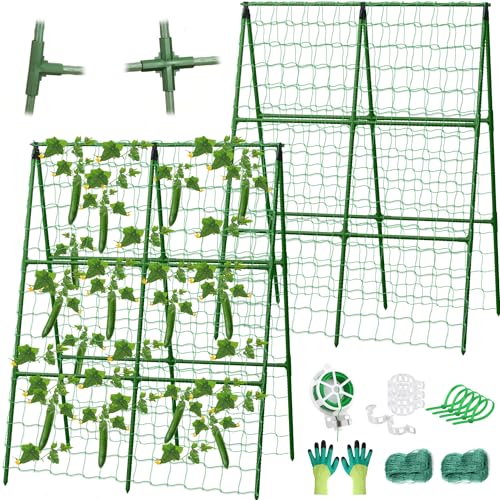A few thoughts on maple wine; one eats with their eyes and nose before they eat with their mouth.
@jfuel has a product with intense maple/ Carmel/ sugar aromatic notes. Rinsing a 100 ml plastic bottle with 5 ml and dumping this into 16 oz of lemony breakfast tea, the maple notes dominate the tea at a pleasing rounding out flavors level. The maple is interesting in that it contributes a five minute long sort of smoky flavor notes.
I really like the lemon notes blended with this maple wine. I can see in fall that at the 1/4 to 1 cup per five gallons level I am going to make a petite pearl (red grape) with a hint of maple syrup. Maple at threshold level will also be an interesting addition to mulberry/ lemon blend and is a natural with the tannic cider apples.
The contest blue ribbon maple wine’s numbers: pH 4.27/ TA 0.305% (volume basis)/ sp.grav. 1.018. (@fuel entered it as 1.017).
Looking at maple syrup in 2018; my product (not a sugar maple) had pH 5.55/ TA 0.03% and a neighbors syrup (from sugar maple trees) pH 5.93/ TA 0.03%.
Talking with
@jfuel his target this year was to make a product that was like sipping on maple syrup pancakes. I can see that what we come out with is a result of what we build into the wine recipe. , , , , The prior years maple syrup wine with dominant smoky notes/ less sugar might be good with BBQ ribs or other grilled flavors. , , , ,
What is your product target? ,, wine is basically cooking. , , , FYI,
If you come down on April 15 or 14 you could volunteer to prep/ sample this and more by being a steward for state fair jurging. I find I learn a lot in contests.























































